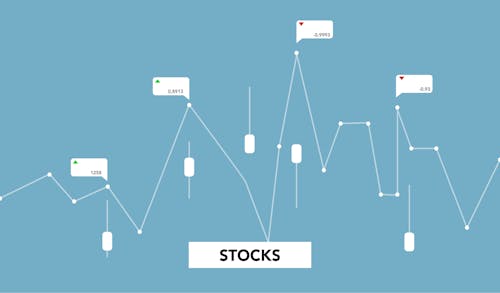
 Image Source: Pexels
Image Source: Pexels
The so-called Santa Claus rally refers to the market’s tendency to rise during the last five trading sessions of a calendar year through the first two of the new year. At this point, it might be something of a self-fulfilling prophecy, as experienced traders expecting the market to rise position for a bump.The exact reasons are murky, however, but some rationales include:
As I write this, just before midday Eastern time, the rally has evaporated.All the key market measures – the S&P 500 cap-weighted (SPX) and equal weighted (SPW), Nasdaq 100 (NDX), Russell 2000 (RTY), and Dow Jones (INDU) are all down between -0.7% and -1.5% in the 3 1/2 sessions (so far) since last Monday. That’s not the encouraging start that many had hoped for, but we are literally only halfway through the period. That is hardly an insurmountable loss – especially if my hypothesis about pension fund selling is correct.We proposed this hypothesis on Friday, in the piece entitled There Goes Santa Claus?.I stand by the assertions made, There Goes Santa Claus?:
We did acknowledge a potential flaw in the theory, noting:
Considering that bond yields are sharply lower this morning – about 7-8 basis points in the 2- through 10-year Treasury notes – it appears that the theorizes one-day lag was accurate as well.
One question I received was “why pension funds?” My answer: They’re not taxable.A taxable investor is incentivized to sell losers before the calendar turns and wait until after the new year to sell winners.It defers taxes.Pension funds don’t have that consideration so they can reallocate whenever they see fit without regard to year-end taxes. Another reason for my theory comes from an early experience of mine.One of the first big trades that I remember was a huge asset allocation trade in August or September of 1987. I was new on the Salomon Brothers trading desk at the time, so I was only peripherally involved, but one of the states’ pension funds (Maryland, I think)[i] took advantage of the big rally in stocks and the plummeting bond market to reallocate across asset classes. For those too young to remember, stocks were zooming throughout 1987 even as bonds were mired in a bear market.Stocks had risen about 20% in the first nine months of that year even as 10-year yields rose from 7% to 9.5%.The fund took advantage by selling stocks and buying bonds. It proved to be a brilliant trade two months later when stocks crashed in October and yields plunged.The anecdote above by no means is meant to presage a market crash. But it illustrates my thinking. And by the way, in the time it’s taken me to write this piece, stocks have recovered at least to Friday’s lows. It’s too early to count out Santa, even if we can’t always count on him arriving on Wall Street.
ES March Futures, 2-Days, 2-Minute Candles
 Source: Interactive Brokers[i] When I tried to check that assertion, I was unable to prove it conclusively.But the first graphic in this report seems like the fund managers were taking a victory lap 14 years later.More By This Author:There Goes Santa Claus?
Source: Interactive Brokers[i] When I tried to check that assertion, I was unable to prove it conclusively.But the first graphic in this report seems like the fund managers were taking a victory lap 14 years later.More By This Author:There Goes Santa Claus?
CapEx Dollars Climb Following Election Day
Goldilocks Turns Grinch
















